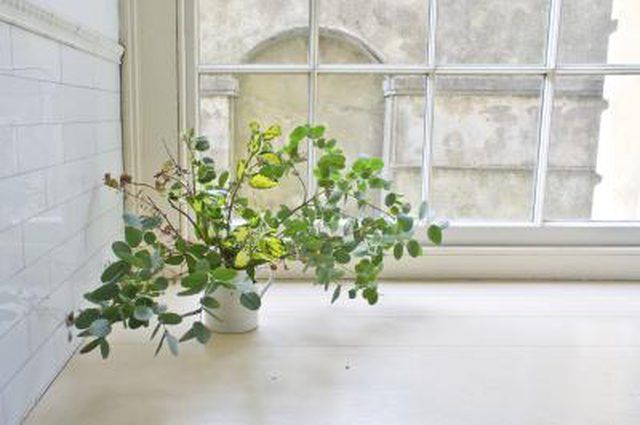Bulbs
Flower Basics
Flower Beds & Specialty Gardens
Flower Garden
Garden Furniture
Garden Gnomes
Garden Seeds
Garden Sheds
Garden Statues
Garden Tools & Supplies
Gardening Basics
Green & Organic
Groundcovers & Vines
Growing Annuals
Growing Basil
Growing Beans
Growing Berries
Growing Blueberries
Growing Cactus
Growing Corn
Growing Cotton
Growing Edibles
Growing Flowers
Growing Garlic
Growing Grapes
Growing Grass
Growing Herbs
Growing Jasmine
Growing Mint
Growing Mushrooms
Orchids
Growing Peanuts
Growing Perennials
Growing Plants
Growing Rosemary
Growing Roses
Growing Strawberries
Growing Sunflowers
Growing Thyme
Growing Tomatoes
Growing Tulips
Growing Vegetables
Herb Basics
Herb Garden
Indoor Growing
Landscaping Basics
Landscaping Patios
Landscaping Plants
Landscaping Shrubs
Landscaping Trees
Landscaping Walks & Pathways
Lawn Basics
Lawn Maintenance
Lawn Mowers
Lawn Ornaments
Lawn Planting
Lawn Tools
Outdoor Growing
Overall Landscape Planning
Pests, Weeds & Problems
Plant Basics
Rock Garden
Rose Garden
Shrubs
Soil
Specialty Gardens
Trees
Vegetable Garden
Yard Maintenance
Why Are My Houseplants Sticky?
Why Are My Houseplants Sticky?. If your houseplants are covered with a clear, sticky coating, there's a good chance they are bothered by pests. Unlike fungal diseases, which can leave a slimy coating or a water-soaked appearance, certain pests suck the sweet sap and excrete a sticky substance known as honeydew. Sap-sucking pests are often small and...

If your houseplants are covered with a clear, sticky coating, there's a good chance they are bothered by pests. Unlike fungal diseases, which can leave a slimy coating or a water-soaked appearance, certain pests suck the sweet sap and excrete a sticky substance known as honeydew. Sap-sucking pests are often small and difficult to see, but the damage they cause is apparent. In most cases, the problem is relatively easy to solve.
Diagnosing the Problem
Pests that leave sticky honeydew on the leaves and stems include scale insects, mealybugs and aphids. To determine which pest is to blame, look closely at the stems and the tops and bottoms of the leaves. Scale, common pests usually found on the stem or undersides of leaves, are small and have a waxy covering that protects them. Mealybugs are easy to spot by cottony masses on the undersides of leaves or at the joints of stems and leaves. Aphids are small green, brown, black, yellow or pink pear-shaped insects that cluster in masses on buds, new growth and the undersides of leaves. They are larger and easier to identify than scale or mealybugs, but they are less common indoors.
Removing Pests by Hand
Removing pests by hand works well for light infestations of scale insects or mealybugs. To remove the pests, dip a cotton swab in rubbing alcohol, then carefully dab the scale or mealybug from the leaves. Be careful not to get too much rubbing alcohol on the plant because it can dehydrate the leaves. Alternatively, use the tip of a toothpick to remove the pests. If the infestation is limited to certain leaves. If there are insects on certain parts of the plant, prune and discard the affected part.
Insecticidal Soap
Insecticidal soap spray works well on sap-sucking pests and it is relatively safe when used properly. Mix a concentrated commercial insecticidal soap at a rate of 1 to 4 teaspoons in each 1 pint of water, depending on the severity of the infestation. You can also make your own spray by mixing 1 tablespoon of dish soap in 1 quart of water. Put the mixture in a spray bottle and spray the plant with the mixture until it drips from the leaves. Dish soap can be problematic because some dish soaps are harsh and may damage the plant. To prevent the soap from scorching the leaves, never spray when the sun is directly on the leaves, then use a damp cloth to clean the leaves after the soap dries. Insecticidal soap spray kills only on contact, so spray plants every week until the pests are no longer visible. Keep insecticidal soap spray safely away from pets and children. If you can, spray the plants outside.
Neem Oil
Neem oil is a natural pesticide made from seeds. The oil is generally safe to use, and it kills scale, mealybugs and aphids by interfering with their digestive systems. To apply neem oil to houseplants, mix the oil at a rate of 2 tablespoons per gallon of water, put it in a sprayer, then spray the plant thoroughly. Cover all plant parts, including the bottoms of the leaves. Repeat every one to two weeks until the pests are eradicated. Although neem oil is safe, it may irritate the skin and eyes and may cause stomach upset if ingested. The container should be closed tightly and stored out of the reach of children and pets. Neem oil is also slightly toxic to fish. Spray the plants outside on a calm day, if possible.